Yoga Blog
Recharge Your Energy: Simple Pranayama Breathwork Techniques in Yoga
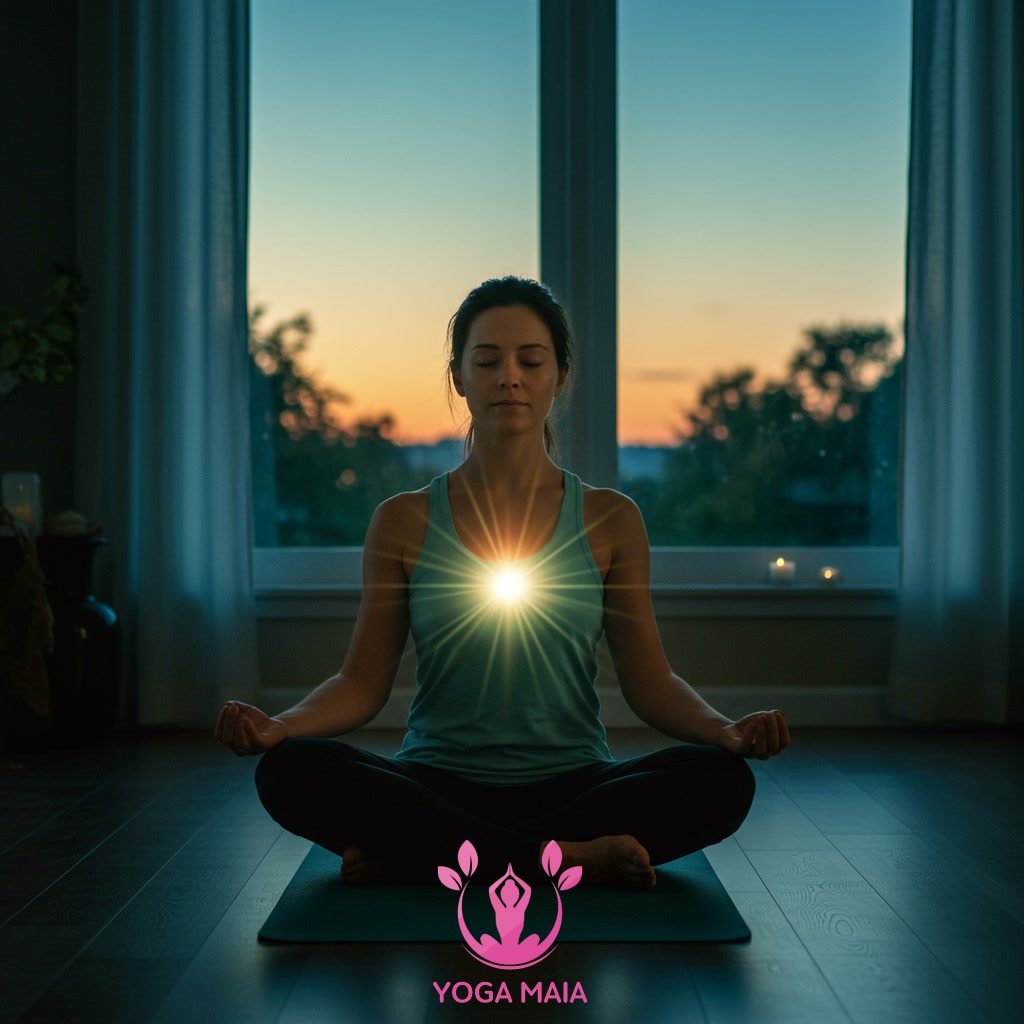
Explore simple pranayama breathwork techniques as part of your yoga practice. These methods are presented as effective ways to recharge your energy. Discover accessible techniques for utilizing breath control to revitalize your body and mind.
Table of Contents
- Section 1: Understanding Pranayama and its Connection to Yoga
- Section 2: Why Breathwork Recharges Your Energy
- Section 3: Essential Simple Pranayama Techniques
- Section 4: Step-by-Step Guide to Basic Pranayama Practices
- Section 5: Integrating Pranayama into Your Yoga Routine
- Section 6: Beyond Energy: Other Benefits of Regular Pranayama
Section 1: Understanding Pranayama and its Connection to Yoga
Pranayama, a fundamental limb of yoga, translates to “extension of the life force” or “control of the breath.” While breathing is an automatic function, pranayama involves conscious regulation of the breath’s length, duration, and flow. This practice is deeply intertwined with yoga beyond physical postures (asanas). It serves as a bridge between the external practice and the internal journey, directly influencing the nervous system and mind. By cultivating awareness and control over the breath, practitioners prepare their physical and mental states for deeper states of concentration and meditation, highlighting its essential role in the holistic path of yoga.
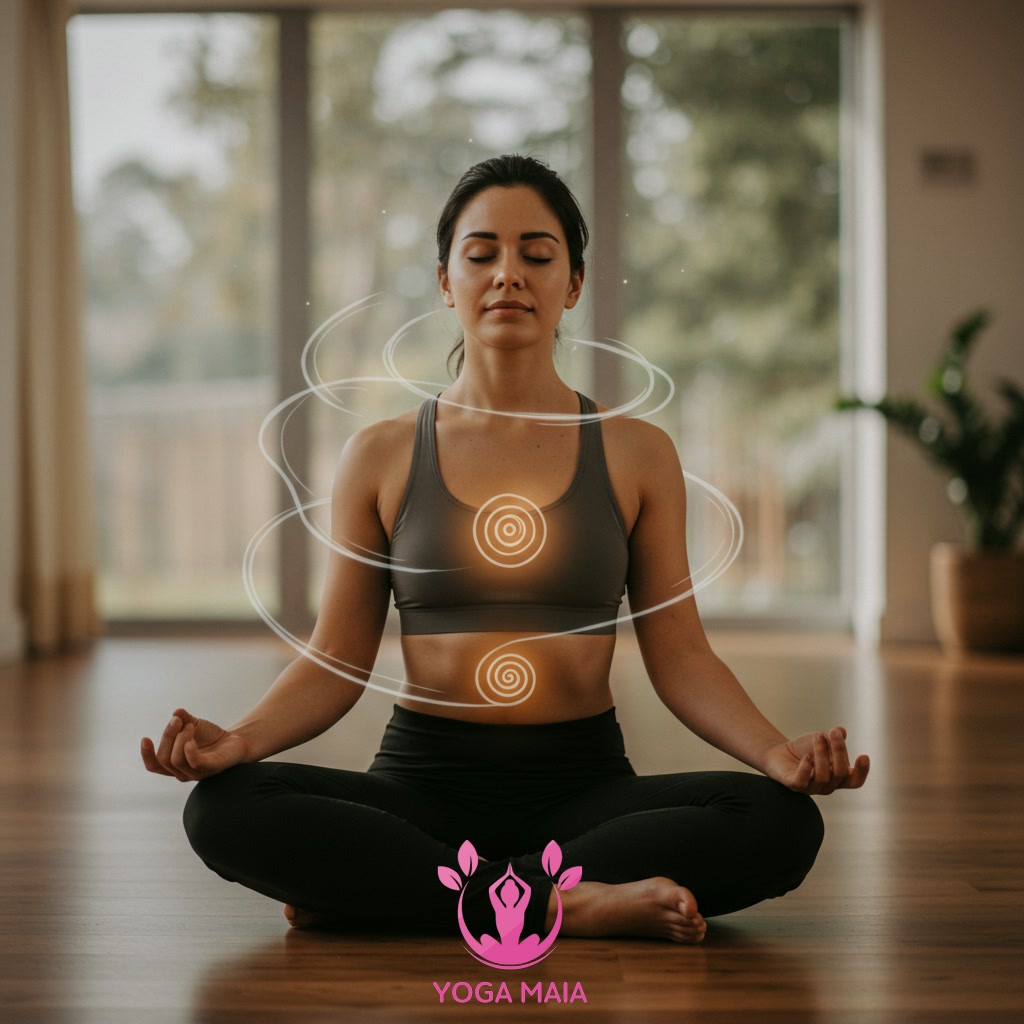 Understanding Pranayama and its Connection to Yoga
Understanding Pranayama and its Connection to Yoga
Section 2: Why Breathwork Recharges Your Energy
Following the definition of pranayama as conscious breath regulation, let’s explore how this practice directly contributes to recharging your energy. By deliberately controlling the pace, depth, and rhythm of your breath, you optimize oxygen intake, which is essential for fueling the body’s metabolic processes and generating energy at a cellular level. Moreover, focused breathing techniques activate the parasympathetic nervous system, counteracting the energy-draining effects of stress and promoting a state of calm and restoration. This shift helps conserve physical resources and directs energy towards healing and balance. The mental concentration required also quiets the mind, reducing cognitive fatigue and leaving you feeling clearer and more mentally refreshed. Thus, conscious breathwork provides a powerful mechanism for revitalizing both your physical body and your mental state.
 Why Breathwork Recharges Your Energy
Why Breathwork Recharges Your Energy
Section 3: Essential Simple Pranayama Techniques
Building upon the understanding that conscious breath regulation recharges energy, let’s now explore some fundamental and easily accessible pranayama techniques. These methods are specifically chosen for their simplicity and immediate impact on revitalizing the body and mind. Techniques such as Deep Abdominal Breathing, focusing on expanding the belly on the inhale and contracting on the exhale, or simple mindful breathing, observing the natural flow of breath without manipulation, serve as excellent starting points. By practicing these essential techniques regularly, even for just a few minutes, individuals can tap into a powerful source of energy, reduce stress, and enhance mental clarity, making them indispensable tools within any yoga practice aimed at energetic rejuvenation.
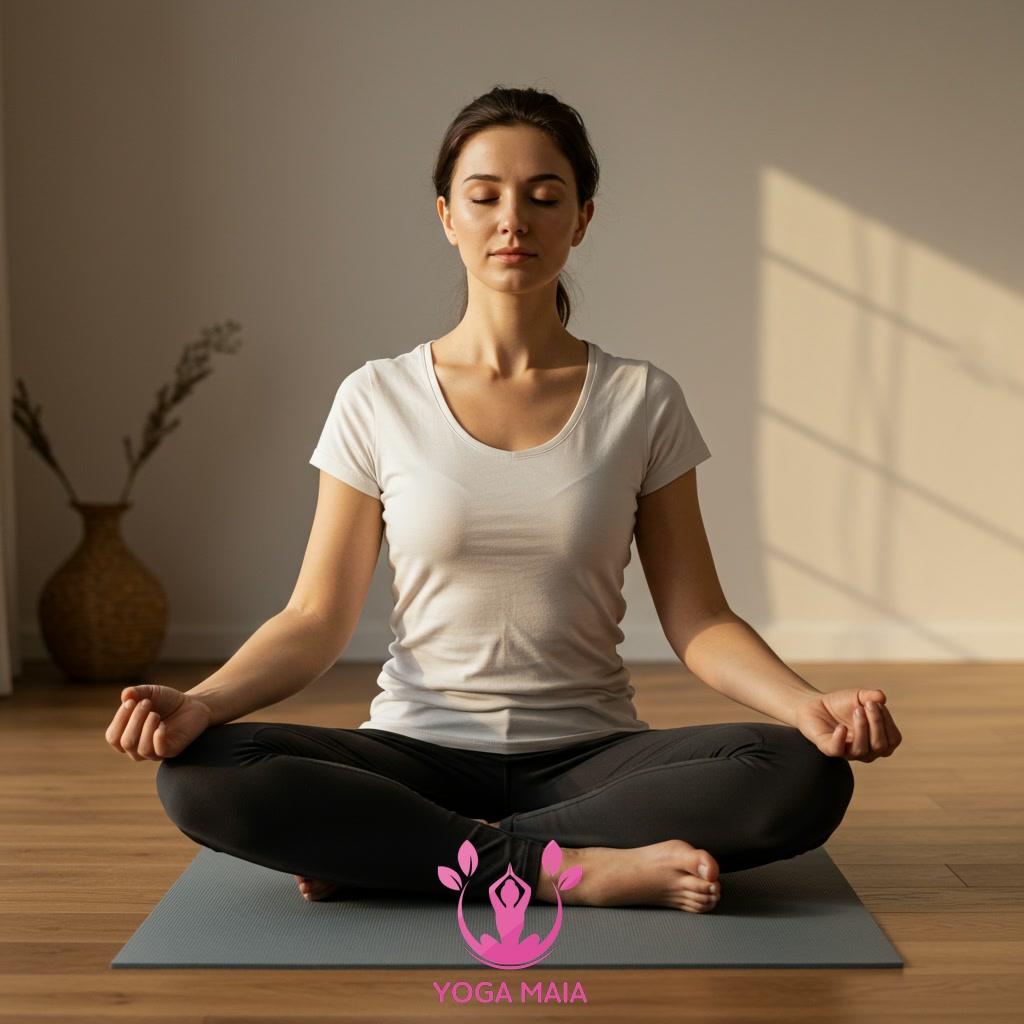 Essential Simple Pranayama Techniques
Essential Simple Pranayama Techniques
Section 4: Step-by-Step Guide to Basic Pranayama Practices
Building upon the understanding that conscious breath regulation recharges energy, let’s now explore some fundamental and easily accessible pranayama techniques. These methods are specifically chosen for their simplicity and effectiveness in revitalizing the body and mind. A basic practice often begins with finding a comfortable seated posture, ensuring the spine is erect yet relaxed. One foundational technique is Dirga Pranayama, or the Three-Part Breath, which involves consciously filling the abdomen, lower rib cage, and upper chest with air on the inhale, and gently emptying in reverse order on the exhale. Another accessible method is simple abdominal breathing, focusing solely on the rise and fall of the belly, promoting relaxation and deeper breath. Practicing these techniques slowly and mindfully for a few minutes each day can significantly shift your energy levels, fostering a sense of calm and renewed vitality.
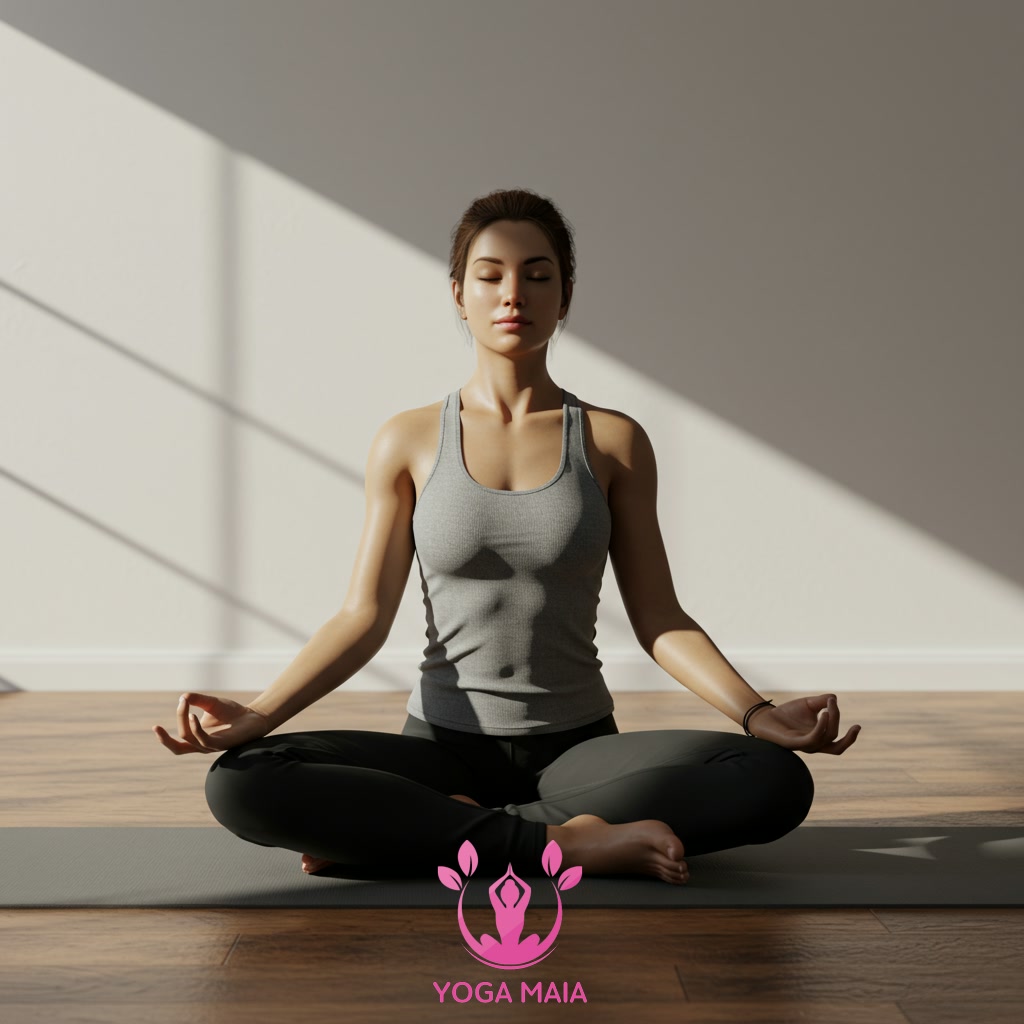 Step-by-Step Guide to Basic Pranayama Practices
Step-by-Step Guide to Basic Pranayama Practices
Section 5: Integrating Pranayama into Your Yoga Routine
Integrating pranayama into your existing yoga routine can significantly deepen your practice and amplify its energy-recharging benefits. You don’t need to dedicate a separate, lengthy session initially; begin by weaving breath awareness into your asana practice. Pay attention to your breath during transitions between poses, allowing it to guide your movement, or simply take a few conscious breaths while holding a posture. Alternatively, dedicate a short period, perhaps 5-10 minutes, at the beginning or end of your practice specifically for a chosen pranayama technique. Consistency is key. Starting small and gradually increasing the duration or complexity will help you comfortably incorporate these powerful breathing methods, making breathwork a natural and integral part of your yoga journey.
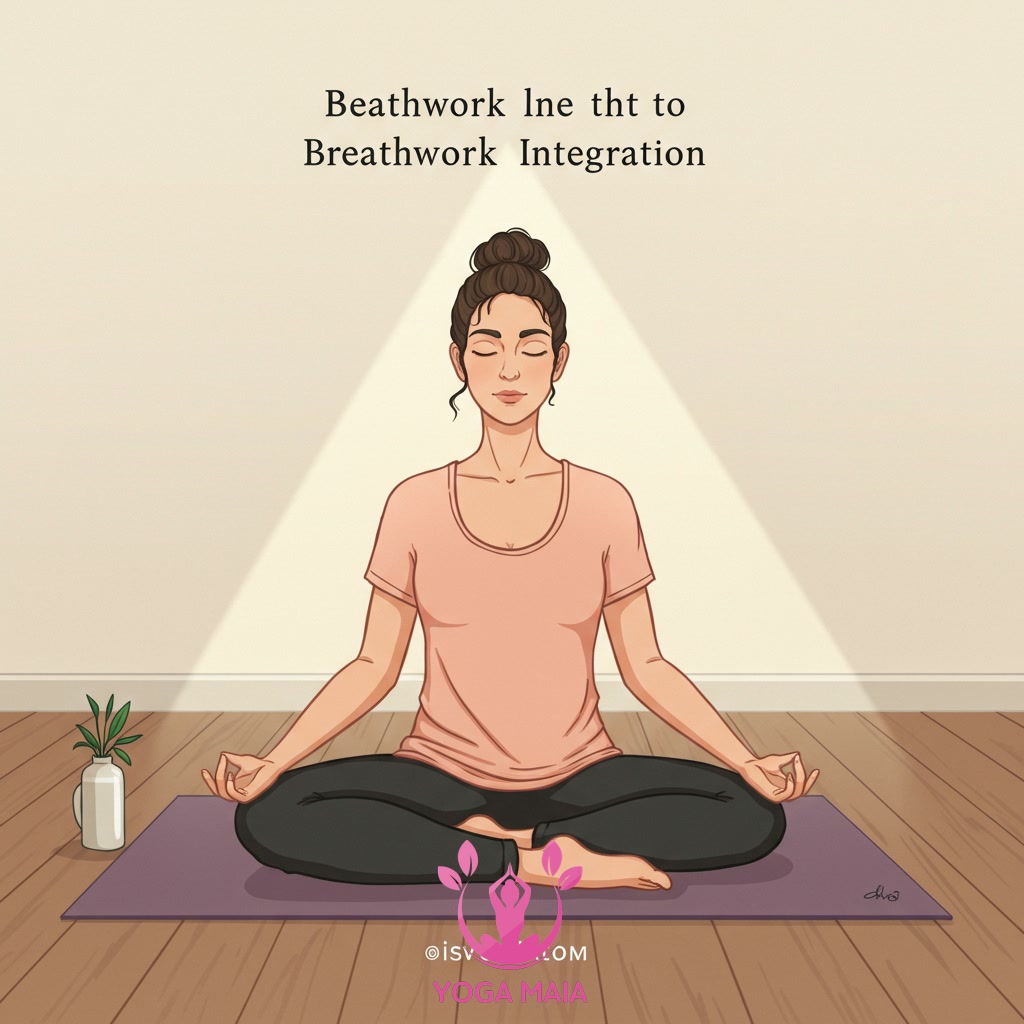 Integrating Pranayama into Your Yoga Routine
Integrating Pranayama into Your Yoga Routine
Section 6: Beyond Energy: Other Benefits of Regular Pranayama
While pranayama is often highlighted for its ability to boost energy, its regular practice offers a spectrum of benefits extending far beyond simple revitalization. Consistent breathwork can significantly calm the nervous system, reducing stress and anxiety levels by activating the body’s relaxation response. This fosters greater emotional balance and resilience. Furthermore, focused breathing techniques improve mental clarity and concentration, helping to quiet the ‘monkey mind’ and enhance cognitive function. Over time, pranayama can also improve respiratory efficiency, increasing lung capacity and promoting healthier breathing patterns throughout the day. These cumulative effects contribute to overall well-being, complementing the physical benefits of yoga practice and supporting a more balanced, centered state of being.
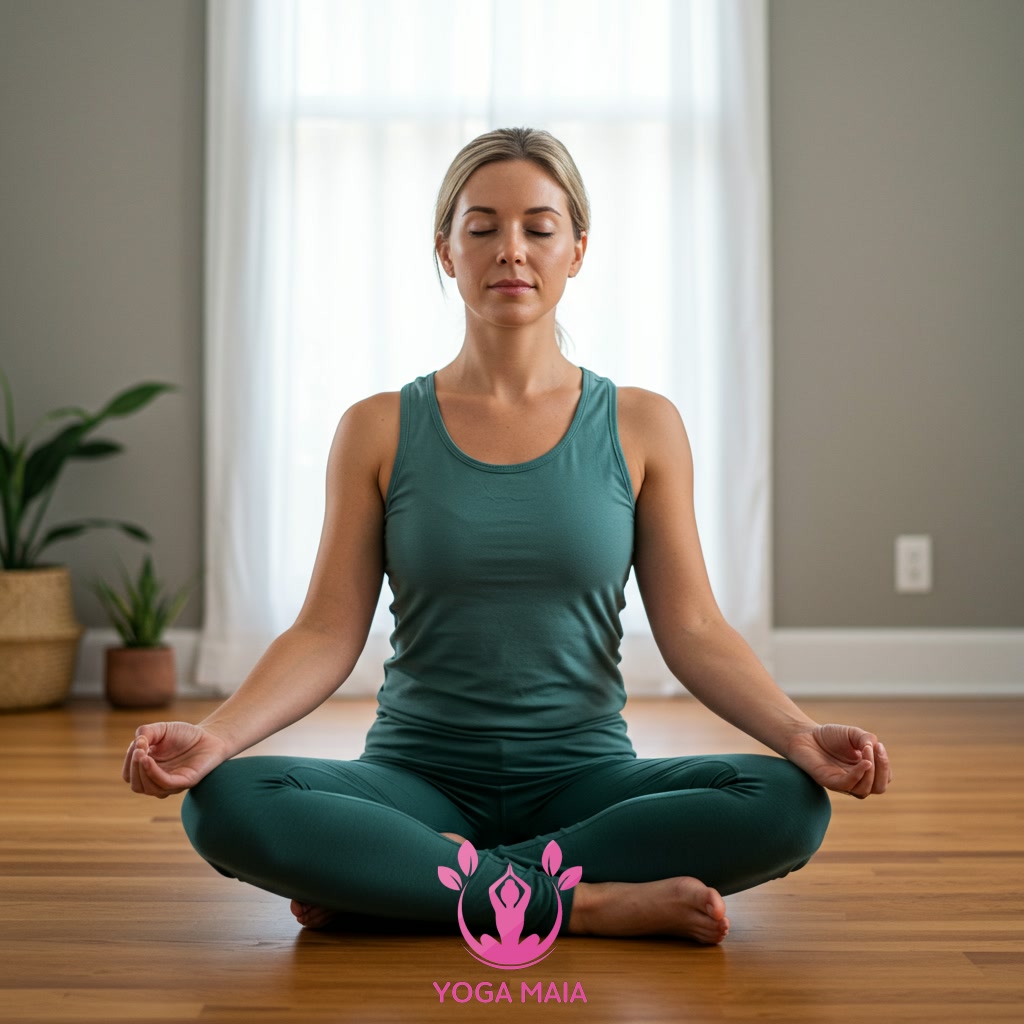 Beyond Energy: Other Benefits of Regular Pranayama
Beyond Energy: Other Benefits of Regular Pranayama












